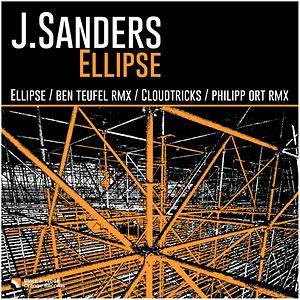


In "Romeo and Juliet," Romeo speaks in iambic pentameter: "But, soft! what light through yonder window breaks?" Snap, Crackle and Pop Shakespeare wrote in iambic pentameter - lines of poetry containing five pairs of unstressed and stressed syllables. Meter refers to the pattern of the rhythm of lines within a poem. An example of meter is iambic - one unstressed syllable followed by one stressed syllable. By utilizing patterns of stressed and unstressed syllables, a poet sets the rhythm to a poem. Rhythm gives poetry structure and enhances the meaning and intensity within the poem. In the famous poem, “Rime of the Ancient Mariner,” Samuel Taylor Coleridge utilized internal rhyme: “We were the first that ever burst.” Rhythm and Meter The most easily recognized rhyme occurs between syllables at the end of a verse line. An example of an end rhyme is used alternating lines in “Dust of Snow” by Robert Frost: “The way a crow / Shook down on me / The dust of snow / From a hemlock tree.” This poem also illustrates a rhyme pattern (also known as, a rhyme scheme), which is created when a rhymes occur in a pattern, in this case, ABAB.Īssonance and consonance create internal rhyme, when a repeated sound appears within a line or phrase. Assonance is the repetition of vowel sounds within a sentence or phrase. Dylan Thomas repeats the long "a" sound in “Do Not Go Gentle into the Good Night": “Old age should burn and rave at close of day / Rage, rage, against the dying of the light." In "The Eagle," Lord Alfred Tennyson utilizes consonance with the repetition of the hard "k" consonant sound: “He clasps the crag with crooked hands.” Time to Rhyme


 0 kommentar(er)
0 kommentar(er)
